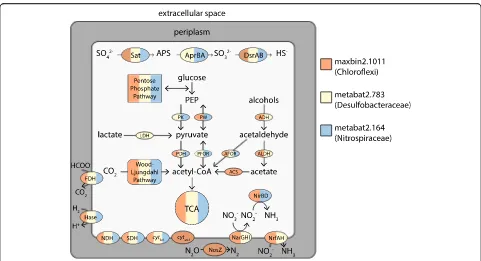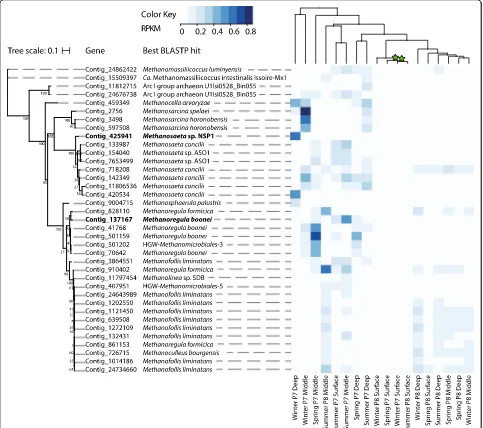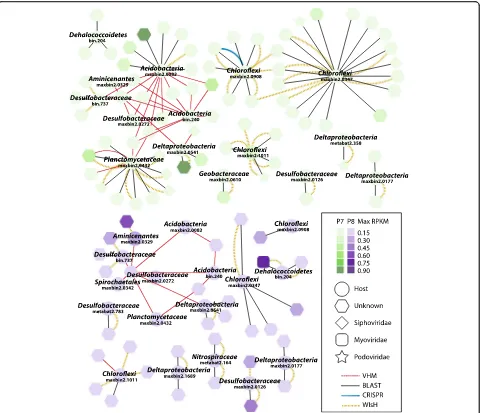Viral and metabolic controls on high rates of microbial sulfur and carbon cycling in wetland ecosystems
Full text
Figure




Related documents
Future increases in irrigated area will likely come mainly from the development of the so-called "supplemental" irrigation in humid rainfed areas, from improvements in water
To explore the relationship between KLB expression levels and NSCLC progression, we examined the KLB expression in 20 lung squamous cell cancer (LSQ) samples
Of equal importance to the conjoint por- tion of the evaluation is the need to allow some time to talk and play with the
Based on the results of this study, bedsore indicators decreased from 8.6 percent to 1.4 percent as a result of intervention, demonstrating the positive impact of
Five hundred individuals with no history of liver disease, normal liver laboratory tests and normal image of liver on ultrasound examination were matched for age and sex
Thus England of late blockaded by mines, illegally and completely, the region between Greenland and England and certain regions around Southern England, forcing
The data collected concerning the deceased donors included: age, gender, skin color, cause of death, thickness of retrieved skin tissue (mm), body region from which the skin was
To assess the level of consensus we asked demographers what they perceive to be the most important policy issues and what their opinions are about population and fertility

